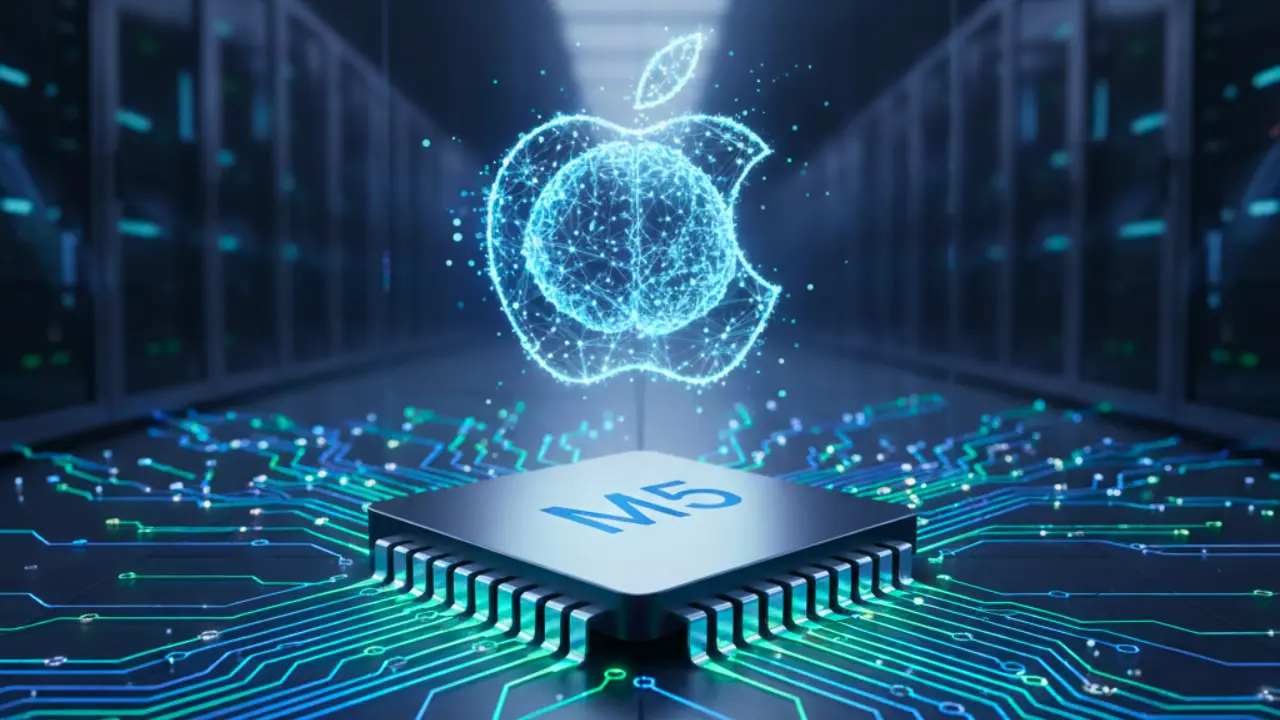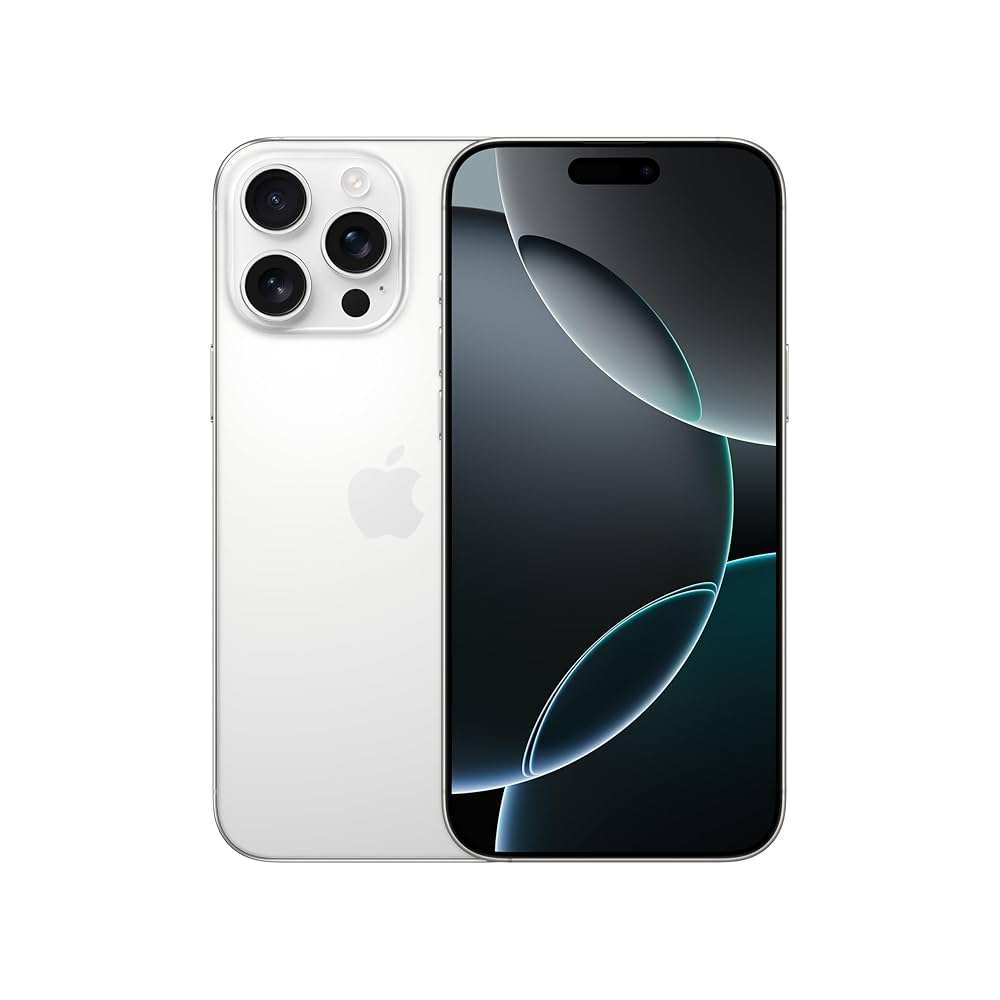The world of computing is on the cusp of a major transformation, and leading the charge is a familiar name: Apple. With the unveiling of the Apple M5 chip, the tech giant hasn’t just introduced a faster processor; they’ve effectively redefined what’s possible for on-device Artificial Intelligence. This isn’t just an incremental upgrade; it’s the next big leap in AI performance for Apple silicon, setting a staggering new benchmark for the entire industry.
If you’ve ever wished your computer could handle complex AI tasks—like generative image creation, advanced video editing, or running large language models (LLMs) locally—with seamless speed and efficiency, the Apple M5 is the answer. It’s an architectural marvel built specifically to accelerate the AI-driven future, making cutting-edge capabilities not a cloud-only luxury, but a core, on-device experience.
Redefining On-Device AI with the Apple M5 Architecture
At the heart of the M5’s revolutionary performance is a complete rethinking of its core components, all built on a more advanced 3nm process. Apple has strategically redesigned its silicon to make AI processing a first-class citizen, ensuring that the entire chip works in concert to deliver unprecedented speeds.

The Neural Engine & Neural Accelerators
The star of the show for AI is the improved 16-core Neural Engine, which is faster and more energy-efficient than its predecessor. This dedicated component handles the heavy lifting for machine learning tasks. However, the true innovation lies in the next-generation GPU.
In a landmark architectural change, the Apple M5‘s 10-core GPU now features a dedicated Neural Accelerator in each core.
This is a paradigm shift, effectively giving the graphics processing unit the specialized capabilities previously reserved for the Neural Engine.
This unified approach yields remarkable performance gains:
- Up to 3.5x faster AI performance compared to the M4 chip.
- Over 4x the peak GPU compute performance for AI workloads compared to the M4.
This architectural shift creates three powerful tiers of AI hardware working together—the CPU’s ML accelerators, the improved Neural Engine, and the GPU’s Neural Accelerators—ensuring optimal speed and efficiency for every task.
Unified Memory and Bandwidth Boost
The Apple M5 also addresses a critical bottleneck for AI and Pro workflows: memory. The M5 boasts a significant increase in unified memory bandwidth, climbing to 153 GB/s. This nearly 30% jump over the M4 allows for:
- Running larger, more complex AI models entirely on-device (e.g., 30B LLMs).
- Enabling massive, high-resolution datasets to be processed without lag.
- Minimizing data transfer latency between the CPU, GPU, and Neural Engine, which is vital for real-time generative AI tasks.
Supercharging Apple Intelligence and Pro Workflows
The real-world impact of the Apple M5 is felt across all new devices, including the 14-inch MacBook Pro, the new iPad Pro, and the upgraded Apple Vision Pro. The chip is the foundation for a seamless, powerful experience, particularly for Apple’s own generative AI platform, Apple Intelligence.
Also Read: Zoho Notebook Creates a Buzz Like Arattai: Time to Say Goodbye to Paper and Pen
Real-World AI Applications
The M5 makes demanding AI tasks instantly faster and more accessible.
- Generative AI: Apps utilizing diffusion models, like Draw Things, see vastly accelerated text-to-image generation.
- Professional Video Editing: Creative professionals see massive gains. Apple states the M5 delivers up to 7.7x faster AI video enhancement in Topaz Video compared to the M1 chip, showcasing the enormous generational leap.
- On-Device LLMs: Users can run large language models locally in apps like LM Studio, enabling faster, more private, and more responsive AI interactions without relying on the cloud.
- Spatial Computing: For the Vision Pro, the M5’s Neural Engine accelerates features like transforming 2D photos into immersive 3D spatial scenes.
Beyond AI: General Performance Gains
While AI is the focus, the Apple M5 still delivers significant improvements across the board:
- CPU Performance: The 10-core CPU offers roughly 15% better multi-threaded performance than the M4, ensuring snappier system responsiveness and effortless multitasking.
- Graphics & Gaming: The new GPU architecture, which includes third-generation ray tracing, offers up to 1.6x faster graphics than the M4, significantly improving frame rates and visual fidelity in modern games and pro 3D applications like Blender. ****
The Strategic Importance of On-Device AI

Apple’s decision to make such a monumental investment in on-device AI performance is highly strategic. It addresses three core pillars of modern computing:
- Privacy: By processing LLMs and sensitive data locally on the device, the need to send data to the cloud is minimized, protecting user privacy.
- Speed: On-device processing is instantaneous, eliminating network latency and providing a far more responsive user experience for real-time interactions.
- Efficiency: The M5’s architecture is engineered for power efficiency, allowing it to handle these intensive AI workloads with minimal battery drain. This is why the 14-inch MacBook Pro with M5 boasts an incredible up to 24 hours of battery life.
This push for powerful, local AI fundamentally differentiates Apple’s ecosystem. As CEO Tim Cook once said, “We believe in local intelligence—AI that’s integrated into the chip and operating system—to provide unmatched speed, privacy, and personalization.”
The Future is Silicon-Powered
The Apple M5 chip is more than just a powerful piece of silicon; it’s a tangible representation of the future of personal computing. It democratizes advanced AI, moving it from remote data centers onto the desks and laps of millions of users. For developers, creatives, students, and professionals, this chip unlocks a new era of productivity and creativity that was previously unimaginable.
For those considering an upgrade from an older Intel or even an M1-era Mac, the gains are simply staggering—up to 86x faster AI performance than Intel models. The M5 isn’t just keeping pace; it’s aggressively shaping the new standard.
What are you waiting for? Now is the time to experience the next big leap. Explore the new Mac and iPad Pro models powered by the Apple M5 and start pushing the boundaries of what you can create with on-device AI.
FAQs
1. How much faster is the M5 chip for AI compared to the M4?
The Apple M5 chip delivers up to 3.5x faster AI performance compared to the M4, largely due to a new architecture featuring Neural Accelerators in every GPU core and an enhanced 16-core Neural Engine.
2. Which Apple products feature the new M5 chip?
The M5 chip was unveiled in the new 14-inch MacBook Pro, the updated iPad Pro lineup, and the refreshed Apple Vision Pro headset.
3. What is a “Neural Accelerator” in the M5’s GPU?
A Neural Accelerator is a specialized hardware component dedicated to speeding up machine learning (AI) computations. By integrating one into each of the M5’s GPU cores, Apple significantly boosts the chip’s ability to handle parallel AI tasks, such as generative image and video processing.
4. Can the M5 chip run Large Language Models (LLMs) locally?
Yes, one of the M5’s key advantages is its increased unified memory bandwidth and dramatically improved AI performance, which enables it to run large language models (LLMs) like those powering Apple Intelligence, entirely on-device for faster, more private interactions.
5. Is the M5 built on the 3nm process?
Yes, the Apple M5 chip is built using a third-generation 3-nanometer technology process. This advanced manufacturing node is a key factor in achieving its significant performance gains and exceptional power efficiency, which translates to longer battery life.

















